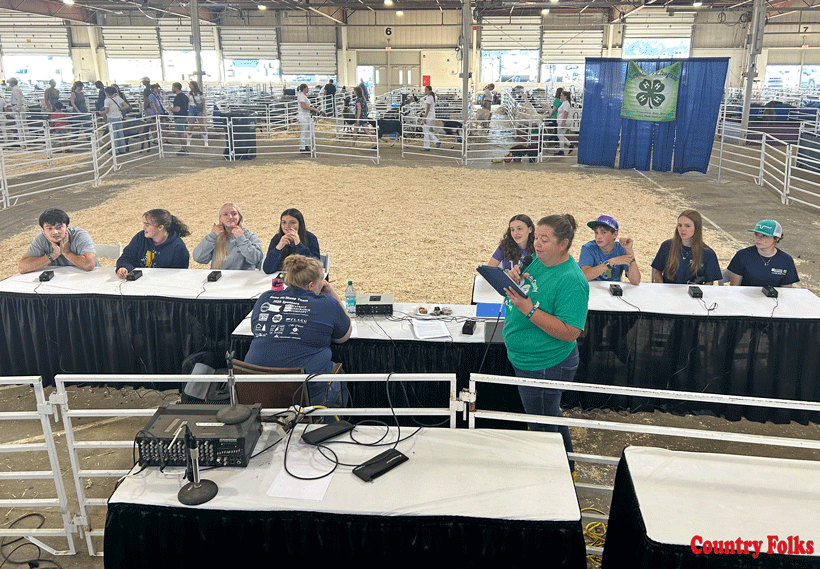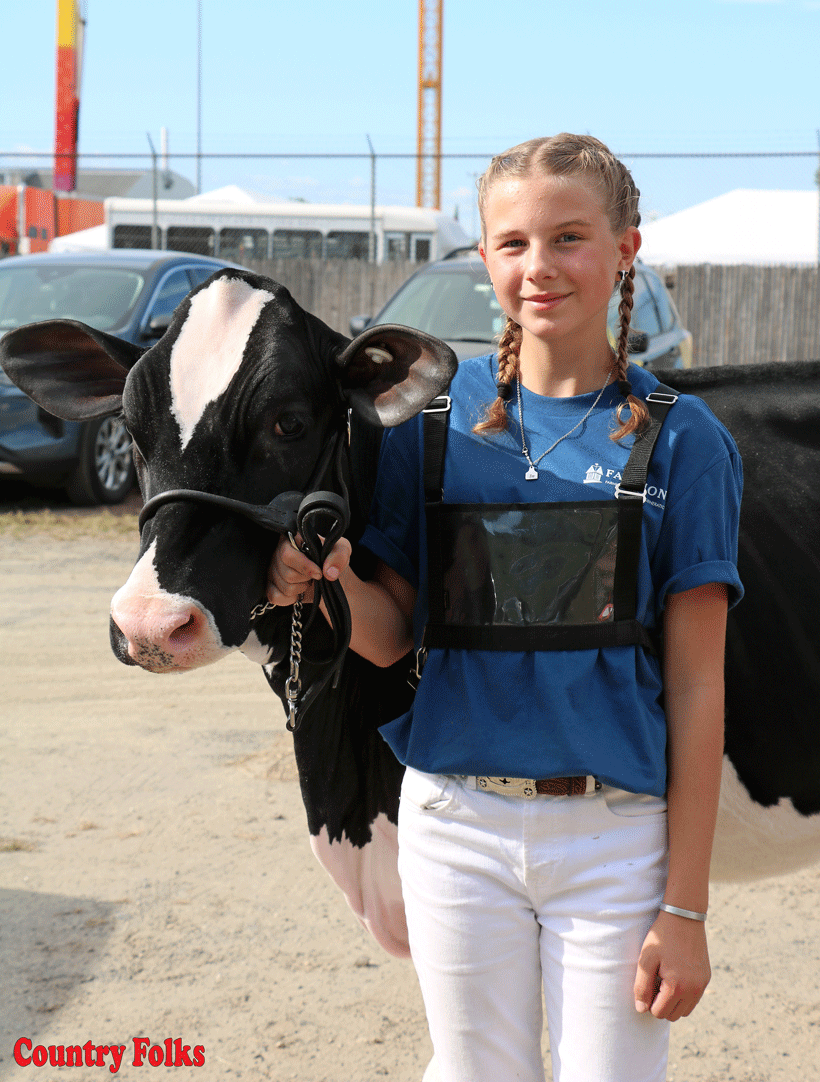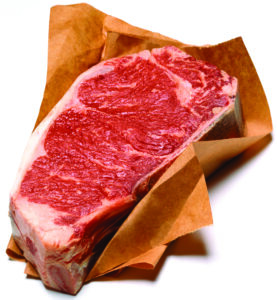
The last few days of September, I saw early plantings of winter rye sprouting nicely in some Central New York counties. Happily, I see more corn growers planting autumn cover crops.
The more productive title for these late season plantings is “winter forage,” a mindset which acknowledges that something beneficial is taking place under snow – namely, that certain plants can put to good use the geothermal warmth generously provided by nature. Granted, the cover crop/winter forage is hanging onto soil, but it’s also gearing up to have a running start on the next growing season, when snow melts next spring.
It’s a lot easier to plant winter forages like rye, triticale, wheat, speltz and even barley once corn silage has been harvested – at least, easier compared to planting these crops after corn has been combined. By the time shell corn is harvested, soil and air may be too cold to get even these “cold-footed” crops to effectively sprout and create root reserves before winter really takes hold.
A big advantage of the winter annual sod provided by these small grain crops is that they offer their grower something firm to drive on, especially when spreading manure. This living mat of vegetation makes a much better driving surface – one that can absorb a lot of water compared to the all-too-common rows of mud lying between rows of dead corn stubble. Manure that’s late autumn-spread on corn stubble just lays there until spring, unless it gets washed away with a serious snow melt and/or heavy, untimely rainfall.
A lot of land that was farmed until a few years ago was abandoned for different reasons. Maybe we can start reclaiming derelict land before trees take over. Start by brush-hogging fallow hay – often on a piece of rental ground that didn’t get mowed at all this past growing season – or possibly not even the last two or three years. Sometimes absentee landowners want a year-round crop person to cut their hay and don’t charge them any rent for their land. Or the non-absentee landowners may accept some of the hay crop as rent to feed their own livestock. Usually, those landowners (with the approval of the assessor) can enjoy an agricultural property tax break as their cropland is annexed to the crop program of a full-time farmer.
Left unmowed, that standing vegetation usually ends up as a thatchy medium for mold. New vegetation has to work its way through those rotting materials after snow melts. We need to get dead plant material like chopped-up goldenrod and burdock to actually contact the soil. This way they self-compost under the influence of geothermal warmth during winter months.
The meadow in question may not have been harvested because it stayed too wet all growing season. But if brush-hogged this autumn, that chopped-up plant material begins decomposing under the snow. Mulched vegetation decays, contributing organic matter (OM) by the time fields start greening up in April. As soil OM increases due to this self-composting, its moisture-holding capacity also increases. Many agronomy enthusiasts consider healthy OM to be a water reservoir as well as a carbon sequestration tool.
Speaking of water, sometimes a field with less-than-perfect drainage gets wetter than necessary for the following reason: the soil receives an acceptable amount of moisture, generally three to 3.25 inches of monthly precipitation in most of the Northeast. But if the OM is depleted, which I define as less than 4%, and soil nutrition is lacking, much of that moisture which could have supported a five ton/acre hay crop stays in the ground – or leaches down to the water table. This is because other nutrients were limiting. In this situation, desirable vegetation is meager, the ground unnecessarily moist and nature sends weeds to help hang onto soils. Determining these nutrient shortfalls involves soil testing.
The presence of these weeds is a type of soil test in its own right. Weeds tell the crop person that certain soil nutrients are lacking. Moreover, if these nutrients weren’t deficient, the more finicky crops, particularly clovers – many of whose seeds are already in the soil bank under foot – would feel “invited to the party.”
Now is a good time to start lining up shorter season corn varieties for growing season 2026. Shorter season corn provides a better shot at establishing a successful winter forage crop.
Let me tap into the wisdom of Heather Darby, Ph.D., University of Vermont Extension agronomist. In an article appearing two weeks ago in Country Folks (by Deborah Jeanne Sergeant), Darby stressed the importance of early planting of cover crops. She said that number of tillers on the small grains strongly influences final yield.
Quoting Sergeant: “Her [Darby’s] research showed that planting by Sept. 24, 2024 resulted in an average of 4.75 tillers per plant. By Oct. 3, this goes down to less than 2.5 tillers per plant. Planting on Oct. 10 resulted in 1.75 tillers. The plantings on Oct. 16 and Oct. 22 reduce the figure to 1.”
With a typical drilled seeding rate of 100 lbs./acre, poundage should be increased with delayed plantings. My gut feeling is that small grain plantings should not be made past mid-October, unless corn stubble soil OM is less than 3%.
Trying to drag that OM up toward 4% is a great target to aim for in terms of moisture management. University of Nebraska-Lincoln soil scientists stress that for each 1% increased OM, the water-holding capacity of a silt loam increases by about 3,400 gallons. Something to think about when a soggy spring is followed by a very dry summer, like what happened in the Northeast in 2025.











Leave A Comment